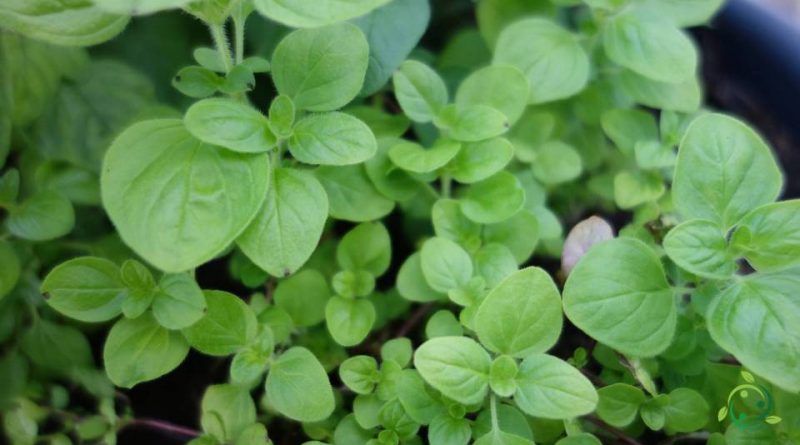How Marjoram is propagated
How Marjoram is propagated
Marjoram oregano or simply marjoram (Origanum majorana L., 1753) is an aromatic perennial herbaceous plant belonging to the Lamiaceae family.
This plant is native to northern Africa; in Europe and Italy it is widespread as an aromatic plant. In cold areas it is grown as an annual.
Marjoram can be propagated by sowing or by division of branched plants.
If you opt for the purchase of oversized seedlings already formed in the nursery, these can be transplanted at any time of the year, excluding very cold periods.
For the details of the cultivation technique, please refer to the following sheet.
Propagation by seed –
In the propagation of marjoram by seed, the most suitable period is that of early spring. If, on the other hand, a seedbed in a cold greenhouse or a sheltered place is available, this operation can be anticipated as early as February, otherwise in the open field the useful period is from March to April.
The seedlings will then be transplanted in the open field or in a larger pot when they exceed 6-8 centimeters in height.
Remember that if you already grow marjoram seedlings, you can keep the seed from the previous year. In this case, the seed must be taken at the end of the production season, when it has accumulated all the nutrients and then dried in a shady and ventilated place.
Propagation by tufts –
In the propagation by division of tufts, from branched plants, the most suitable period is that of March, whether we multiply the marjoram in the open field or in pots.
Before carrying out the multiplication it is good, however, to prepare the soil for the planting and choose the right position to favor the rooting of the roots and the strengthening in the shortest possible time.
With the division of the tufts, you need to have the right tools available, such as a shovel if we are working on plants grown in pots or a spade if we are dealing with plants planted in the ground in a garden flowerbed or grown in the vegetable garden.
Once the tufts have been divided, they must already be placed in their final positions, taking care to compact the soil in which they were planted and irrigating with a nebulizer frequently, but without causing stagnation, until we notice the rejection of new shoots.
During this period, it is recommended to cover the young tufts with a shading cloth to prevent evapotranspiration from exceeding the plant’s ability to take water from the ground, making it dry.

